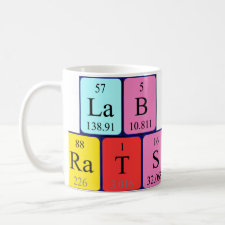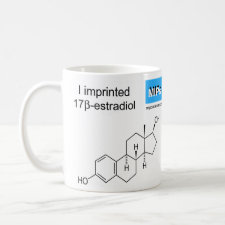
Authors: Zhang WL, Li Y, Wang Q, Wang C, Wang PF, Mao K
Article Title: Performance evaluation and application of surface-molecular-imprinted polymer-modified TiO2 nanotubes for the removal of estrogenic chemicals from secondary effluents.
Publication date: 2013
Journal: Environmental Science and Pollution Research
Volume: 20
Issue: (3)
Page numbers: 1431-1440.
DOI: 10.1007/s11356-012-0983-0
Abstract: The removal of estrogenic chemicals during wastewater reclamation has been a great concern. Current advanced treatment processes are inefficient for the removal of estrogenic chemicals from secondary effluents of municipal wastewater treatment plants (WWTPs) due to the coexistence of other pollutants with less environmental significance which are also removed simultaneously. The search for highly selective and low-cost removal methods is warranted. Therefore, surface-molecular-imprinted polymer-modified TiO2 nanotube (S-MIP-TiO2 NT) photocatalysts were fabricated, characterized, and tested for the removal of estrogenic pollutants from wastewater in this study for the first time. Scanning electron microscopy and Fourier-transform infrared spectroscopy studies showed that the TiO2 NTs (with an average diameter of 60 nm) were successfully imprinted with functional groups (i.e., carboxyl). The adsorption selectivity and photocatalytic activity of the S-MIP-TiO2 NTs towards template compound (17β-estradiol, E2) were improved, compared with neat TiO2 NTs. Interestingly, S-MIP-TiO2 NTs exhibited higher adsorption intensity and photocatalytic selectivity at low concentrations (from 10 ng/L to 100 μg/L, as normal estrogenic chemical concentrations in secondary effluents) of E2 than that at high concentrations (from 10 to 1,000 mg/L). It was also found that some representative estrogenic chemicals and estrogenic activity could be selectively and rapidly removed from secondary effluents of municipal wastewater treatment plants using S-MIP-TiO2 NTs as photocatalysts. In addition, S-MIP-TiO2 NT photocatalysts exhibited excellent regeneration characteristics. Photocatalytic treatment using S-MIP-TiO2 NTs could be a promising approach for the effective removal of estrogenic chemicals from secondary effluents of municipal WWTPs
Template and target information: 17β-estradiol, E2
Author keywords: surface molecular imprinting, TiO2 nanotubes, Estrogenic chemicals, removal, Wastewater reclamation



Join the Society for Molecular Imprinting

New items RSS feed
Sign-up for e-mail updates:
Choose between receiving an occasional newsletter or more frequent e-mail alerts.
Click here to go to the sign-up page.
Is your name elemental or peptidic? Enter your name and find out by clicking either of the buttons below!
Other products you may like:
 MIPdatabase
MIPdatabase









